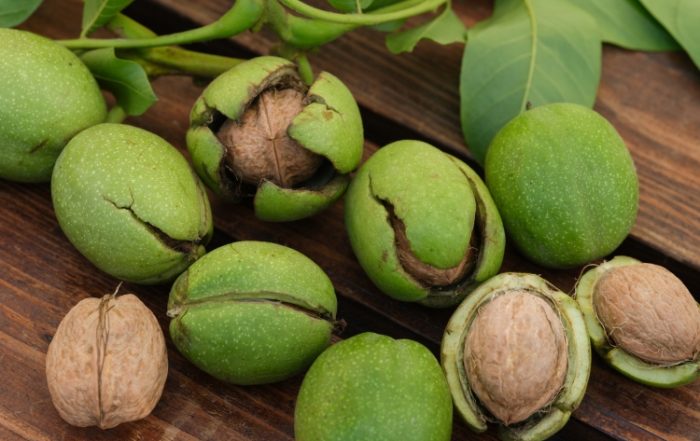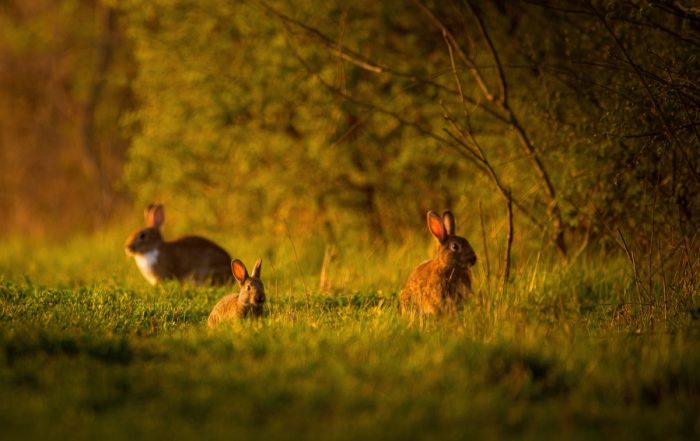Fire Blight Resistant Pollinators
Honeycrisps are my all time favorite apple, but unfortunately they seem to be moderately susceptible to fire blight.
They also require a compatible pollinator. Ideally any pollinators will be planted within 50 feet of the Honeycrisp.
I wanted to find apple trees that can pollinate my Honeycrisp, may be juglone tolerant, and are resistant to fire blight. No small order. Fire blight is a bacterial disease caused by Erwinia amylovora. It comes on fast and is difficult to fight. To find a compatible pollinator, I would need apple trees that bloom at the same time as Honeycrisp (mid season bloomers).
Liberty apples seem like a good option. It is resistant to fire blight as well as apple scab. It is also a mid season bloomer. These apples are good for making cider and eating fresh. It’s easy to grow. It can be moderately tolerant to juglone, if grown on MM.111 or Geneva rootstocks. Now I just have to hope I can find a nursery that can tell me what rootstock the apples have been grafted onto.
Enterprise apples may also work. The blooming season overlaps with Honeycrisp. They are also very disease resistant. They are a good eating apple. Their flavor has been described as spicy. If they are grafted unto MM.111 or G.210 rootstocks they should be juglone tolerant.
Freedom apples are also a possibility. Their blooming season also overlaps with Honeycrisp. They are resistant to diseases such as fire blight and apple scab. They are good apples for juicing and cider, baking with or just eating fresh. Luckily New York is a great state to grow apples in. They are moderately tolerant to juglone. In general using disease resistant rootstocks like G.30, MM.111, and G.210 will improve juglone tolerance.
NovaSpy has a similar texture and flavor to Honeycrisps. It blooms in the same time frame as Honeycrisp, so it could be a potential pollinator. It is also fairly disease resistant. Unfortunately, it isn’t known to be juglone tolerant.
This should probably be a pass.
Pristine apples bloom a little earlier than Honeycrisps, but they overlap enough that they could be pollinators. They are very disease resistant, to both fire blight and apple scab. They also have a sweet flavor and crisp texture, similar to Honeycrisps. Unfortunately, these are also susceptible to juglone.
In order to have a successful small orchard, pollination is a critical component. Crabapples are also an option for pollinating apple trees. Snowdrift and Dolgo crabapples are excellent pollinators which bloom mid season as well. Unfortunately, these are also juglone sensitive. In order for them to be effective pollinators, they would likely need to be planted close enough to the orchard that they would also be too close to the black walnuts that currently surround my yard. They are very pretty and smaller than other apple trees. I might want to consider putting one in the front yard, which would be far away enough from the black walnuts…I just won’t get my hopes up about too much pollination benefit.
Supporting the bees will also help with pollination. I hung a beehive off of my solar panels and my daughter recently informed me that some bees have moved in. She wasn’t thrilled since the spot I picked is also the best place in the yard for her to practice volleyball. I had also tried to place a trap near my house to catch the carpenter bees that were getting into the siding, but luckily my choice of Mountain Dew to attract them didn’t seem to work. Even insects know better than to drink liquid that glows.
So it sounds like I have some decent options for trying to grow some apples. I currently have one determined little honeycrisp that I haven’t managed to kill yet. It has had fire blight a few times but copper spray and streptomycin seemed to ward it off. Interestingly, it is the closest one to the largest black walnut. However, it is also situated so that the trench in the yard was dug between the tree and the black walnut. There are a few spots next to that honeycrisp that I think I might put the new apple trees into. Hopefully they are far away enough from the smaller black walnut growing behind them to be viable. Ideally I want the most disease resistant varieties I can find. I’d really rather avoid having to spray, especially with streptomycin. As an antimicrobial stewardship pharmacist, antibiotic overuse doesn’t sit too well with me.
As an antimicrobial stewardship pharmacist, antibiotic overuse doesn’t sit too well with me.





